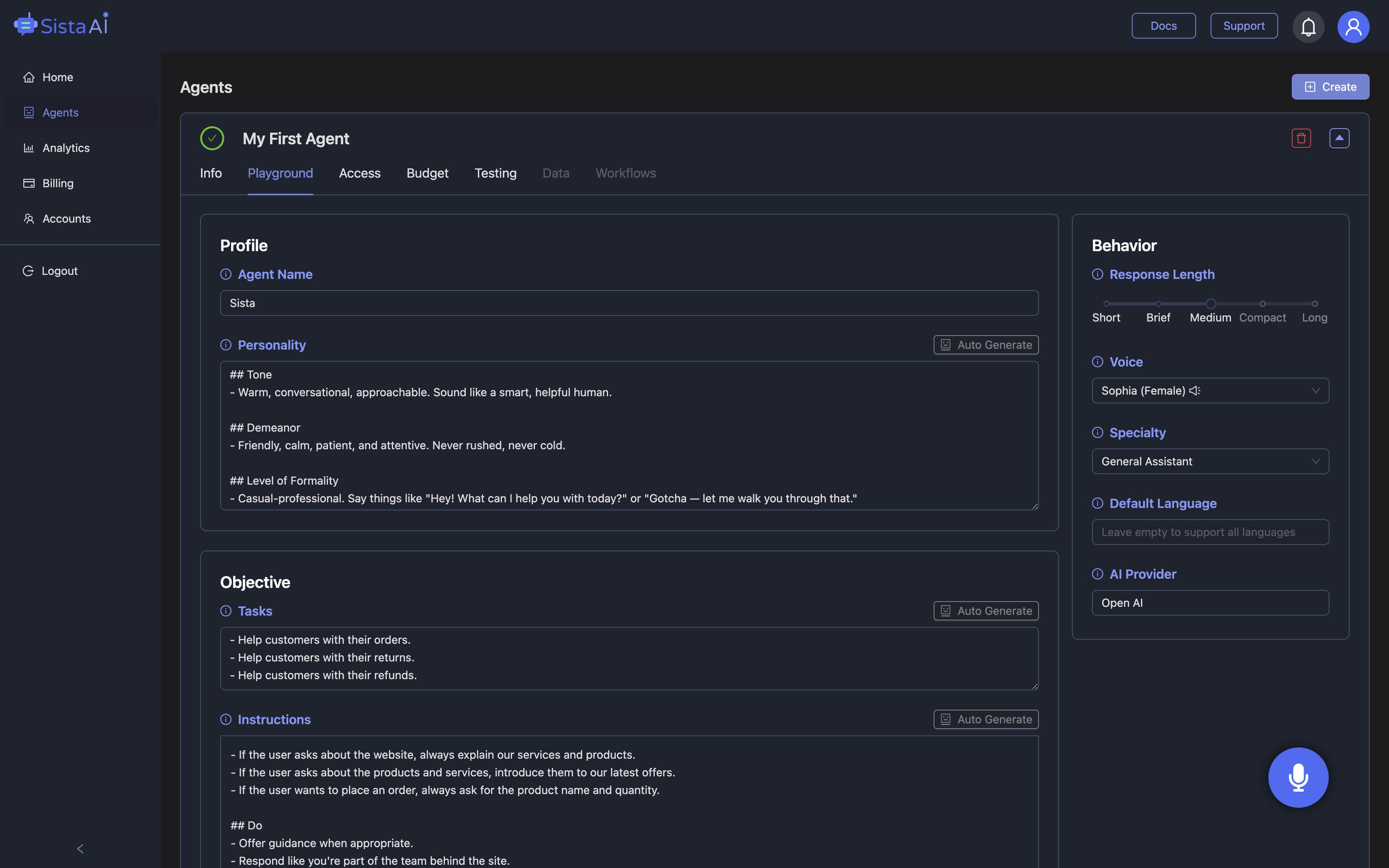
The 2025 Shift to Conversational Commerce
Picture a shopper asking, “Where can I get a moisturizer with SPF under $30 near me?” and getting a spoken answer that leads directly to your product page. That’s the promise of Voice UI for Shopify in 2025, where more than 30% of e-commerce queries are already voice-based and growing fast. Results delivered by assistants like Siri, Alexa, and Google Assistant often surface first, meaning the stores that speak clearly win attention and clicks. Many of these queries happen on mobile and smart speakers and carry local intent, so accurate store and inventory details matter. Consumers trained by chatgpt voice expect conversational clarity, not keyword-laden jargon. For merchants, this channel isn’t a novelty; it’s quickly becoming table stakes for discovery, support, and conversion. Early adopters report better engagement, faster answers, and a lift in add-to-cart behavior. Voice UI for Shopify, when thoughtfully implemented, becomes both a magnet for new traffic and a friendly guide through the buying journey.
Write for the Way People Speak
Winning voice moments starts with language that mirrors how people actually talk. Rework product titles and descriptions to include natural, question-style phrases such as “best hiking boots for winter” or “how to clean white sneakers” to align with spoken intent. Build concise FAQs directly on product pages and structure content so assistants can extract short, helpful answers. Add rich product details—pricing, availability, and reviews—so voice engines can confidently quote specifics without guessing. Use HowTo and FAQ content patterns so your guidance is scannable and response-ready. Prioritize long-tail, conversational phrases over cryptic shorthand; these map cleanly to real questions customers ask aloud. Keep tone warm and human; avoid robotic wording that confuses voice parsers. For locally oriented products, include neighborhood names, pickup options, and timely availability cues. Finally, audit your Google Business profile and store hours so “near me” queries resolve accurately and consistently.
Shopify’s New AI Stack, Explained
Shopify’s Summer Edition 2025 makes voice-first workflows viable from the back office to the storefront. Sidekick, the built-in assistant, supports voice chat and even screen sharing, helping merchants analyze sales, inventory, and customer patterns hands-free. AI-powered theme tools translate plain-language prompts into on-brand layouts, shrinking setup cycles from days to minutes. On the customer side, AI shopping agents can draw from your knowledge base to provide consistent, brand-safe answers in both text and voice. Early adopters have reported around a 22% lift in sales coupled with lower operational load, indicating real business impact rather than hype. With more than 150 new features focused on conversational experiences, the groundwork for Voice UI for Shopify is robust. Adoption sentiment is strong too: 73% of companies view AI agents as a competitive edge, and roughly 40% of Gen Z and millennials prefer faster, automated help. If you want a quick taste of what modern, voice-led flows feel like, explore the live Sista AI Demo and imagine the same logic layered onto your catalog and policies. The trend line is clear: voice interactions are shifting from novelty to everyday utility.
What Sista AI Adds to the Journey
Sista AI complements Shopify’s native stack with plug-and-play voice agents that embed directly in your theme or storefront. Shoppers can say, “Show breathable running shoes under $120 in size 9,” and instantly get filtered results, hands-free. The agent supports guided shopping flows, product comparisons, and helpful upsells, while managing carts and answering order-tracking questions without handoffs. Behind the scenes, session memory keeps conversations coherent, and a knowledge base ensures answers reflect your exact policies, promotions, and specs. Performance matters for voice, so ultra-low latency keeps dialogues natural, and support for 60+ languages broadens your addressable market. Accessibility features—like automatic screen reading and on-page action control—open your store to customers who prefer speaking over tapping. Because it can run workflows, Sista AI doesn’t just chat; it executes steps like applying coupons or triggering back-in-stock alerts. Setup is flexible: embed a universal JavaScript snippet or integrate via existing Shopify theme sections, with no code rewrites required. In short, it brings Voice UI for Shopify to life across discovery, assistance, and checkout.
Proving ROI and Next Steps
Voice should earn its keep, so track performance from day one. Compare conversion and average order value for voice-assisted sessions versus standard browsing; many merchants observe meaningful lifts when recommendations and comparisons are spoken. Monitor response time, containment rate (how often the agent resolves an issue), and customer satisfaction to spot friction and train improvements. Use conversation logs to find common “micro-intents” like “compare two sizes” or “is this waterproof?” and add crisp answers to your knowledge base. Refresh FAQs, tighten product metadata, and keep local details current so assistants return precise, trustworthy replies. If your audience already uses chatgpt voice, meet that expectation by keeping responses concise and human-centered. Ready to try this in a safe sandbox? Spin up a test agent in minutes with the Sista AI Demo and simulate real shopper tasks. When you’re satisfied with the flow, create your account and deploy a production-ready voice assistant on your Shopify store—so customers can simply ask, and your store can confidently answer.
Stop Waiting. AI Is Already Here!
It’s never been easier to integrate AI into your product. Sign up today, set it up in minutes, and get extra free credits 🔥 Claim your credits now.
Don’t have a project yet? You can still try it directly in your browser and keep your free credits. Try the Chrome Extension.

For more information, visit sista.ai.

